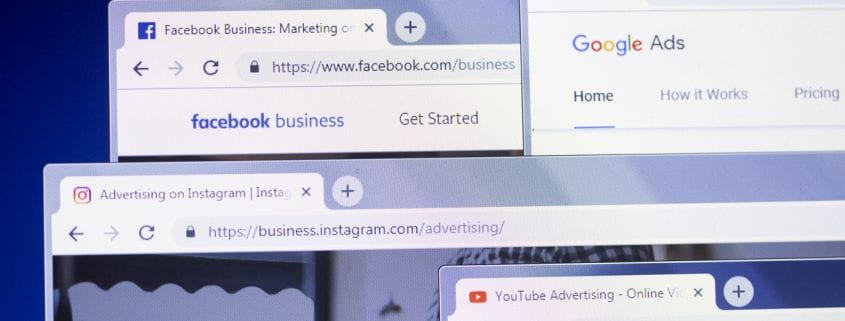
The Benefits of Mobile Marketing Automation
According to the Pew Research Center, around 81 percent of adults in the U.S. have a smartphone. First off, if your online presence isn’t optimized for mobile use at this point, this is something you need to update immediately. Secondly, consumers who have smartphones are easier to reach because people tend to have their smartphones on them at all times. There are many ways you can reach them, including through text, the web, email, and in-app messaging. As a result, you need to implement a mobile marketing strategy. However, mobile marketing can take up a lot of resources, which is why you’ll want to consider mobile marketing automation. The following are six mobile marketing automation benefits you should know about:
1. Improve Accountability
Marketing automation allows you to see the overall effectiveness of your marketing and sales departments by providing birds-eye view reporting of your pipeline. This makes it easy to pinpoint issues, and to determine what is causing them. Not only does this mean that it’s easier to hold your marketing and sales personnel accountable, but it allows you to address bottlenecks in your pipeline.
2. Reduce Staffing Costs
You can automate many of your mobile marketing campaigns based on certain triggers, such as actions taken by your leads. One of the advantages of being able to do this (besides saving a significant amount of time) is that a single employee can handle tasks that would normally take dozens of employees to complete. Since you won’t have to hire more employees to handle time-consuming tasks, you’ll save a lot of money on staffing.
3. Increase Revenue
You can set up specific messaging based on actions that your leads or customers take. If a client purchases a specific software solution, you can use automation to automatically send recommendations for additional, services that are related to their purchase. This can help to increase up-sells and cross-sells. Not only can this increase short-term revenue, but effective follow-ups help increase the lifetime value of your B2B customers.
4. Improve Effectiveness
Mobile marketing automation will help improve the effectiveness of your mobile marketing efforts in numerous ways. It can help you reach leads at the right time, and help personalize interactions to improve your chances of converting.
5. Reduce Repetitiveness
Without automation, your staff would spend a lot of their time on mundane tasks. When tasks are mundane and repetitive, your staff will be more likely to make errors. Automation prevents these errors from occurring. Additionally, repetitive tasks can be incredibly boring and are not creatively fulfilling. Allowing your staff to focus their time on more important aspects of marketing will make them more productive. This is true especially when their tasks actually require them to take full use of their creative abilities.
These are five reasons you should consider implementing mobile marketing automation. Because of how prevalent mobile use is these days, mobile marketing is a must. The best way to engage with your audience effectively is through the use of mobile marketing automation.

















